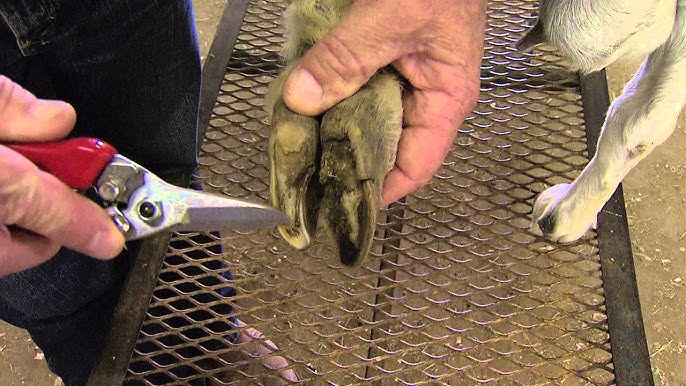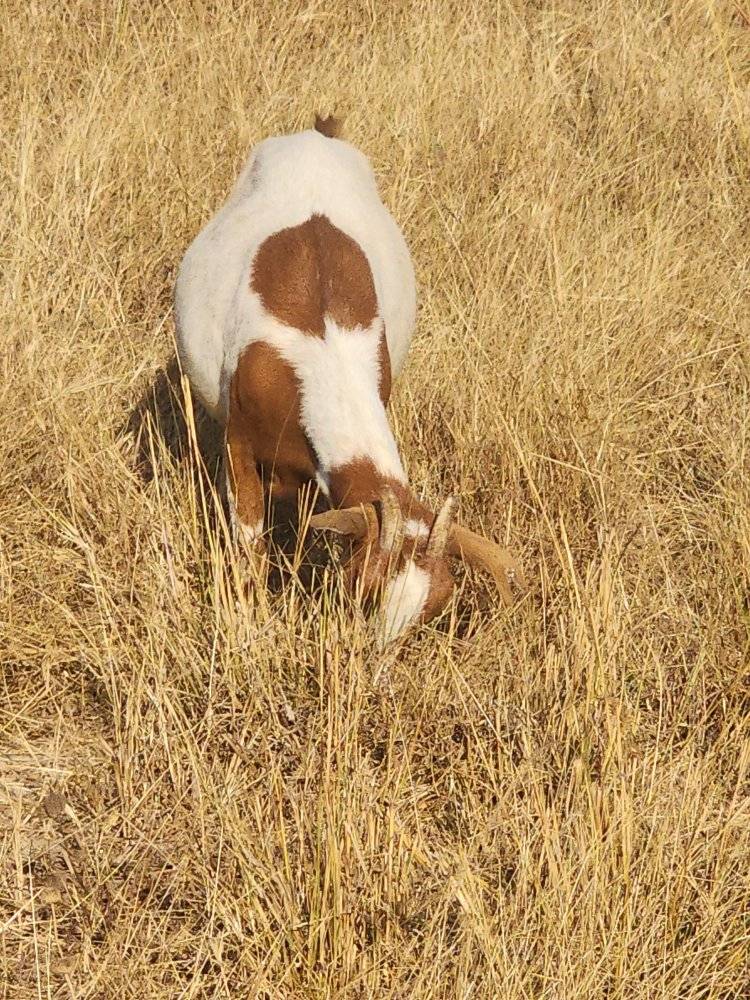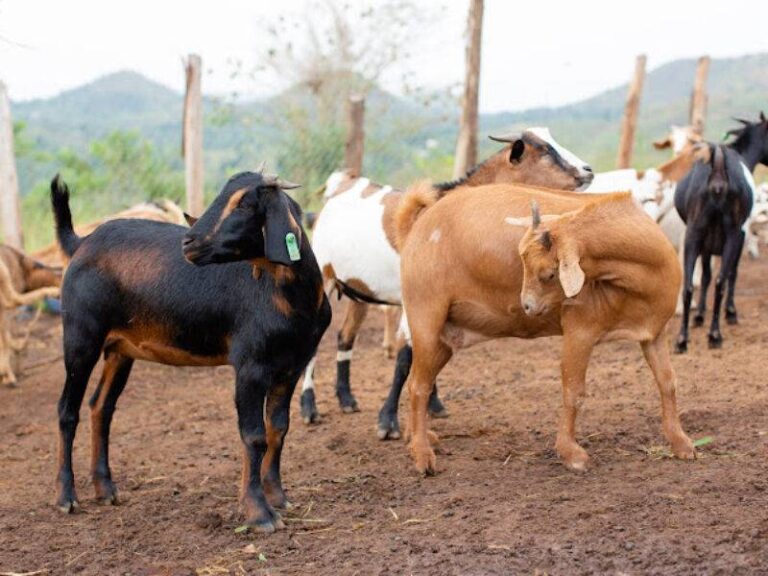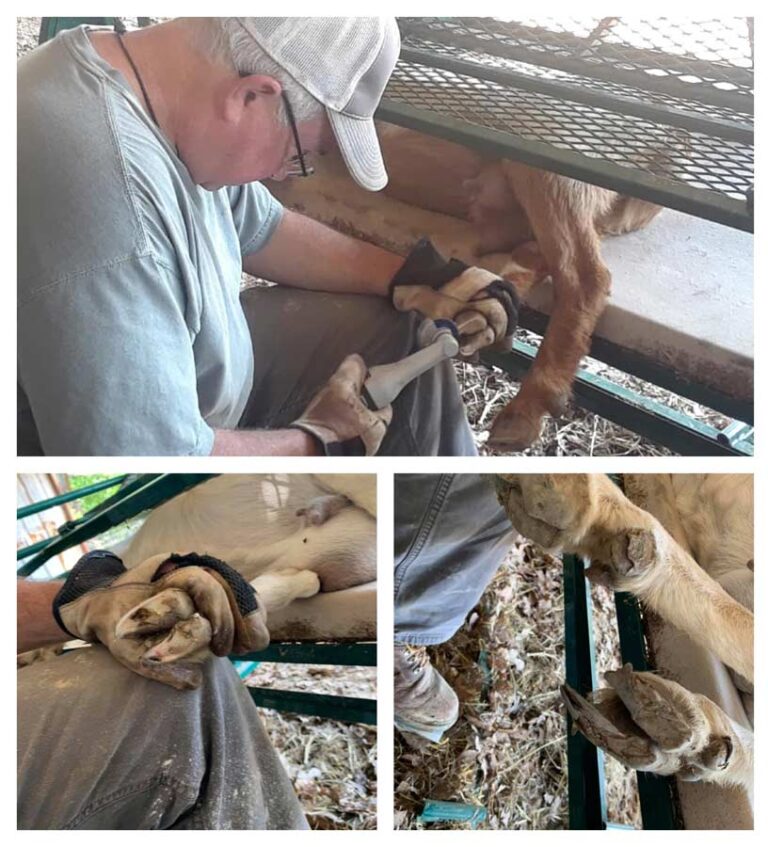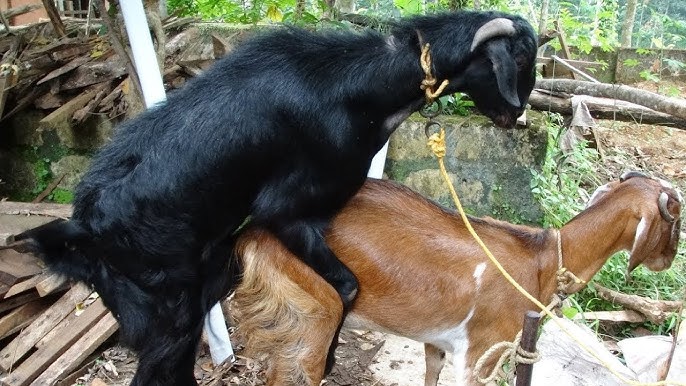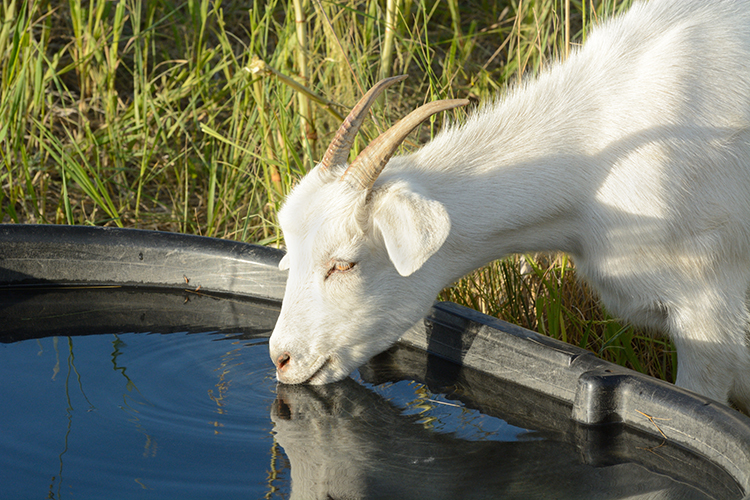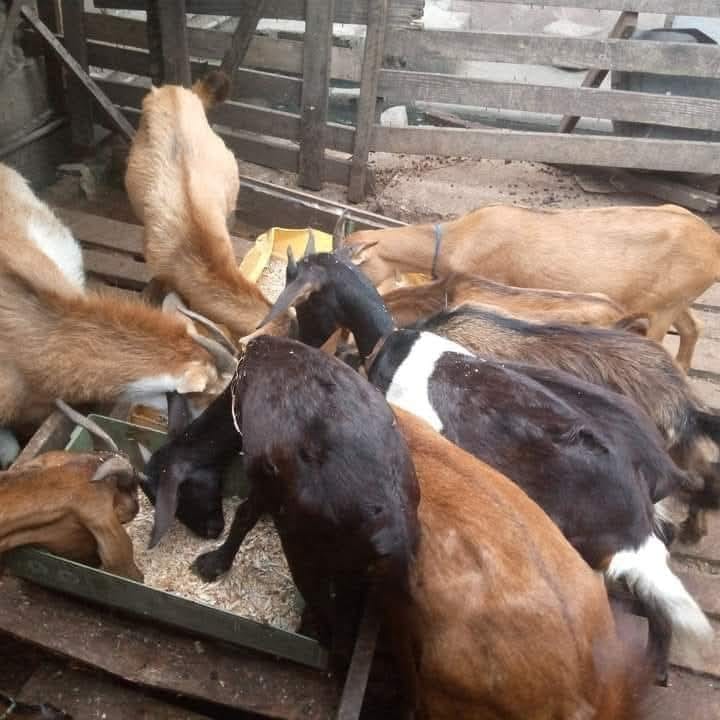Regular goat hoof trimming is the practice of routinely cutting and shaping a goat’s hooves to maintain their health and functionality. In Australia, where diverse climates and terrains challenge livestock, this task is critical for ensuring goat productivity. Neglecting hoof care can lead to painful conditions like foot rot.
This comprehensive guide explores why hoof trimming is essential, with practical advice for Australian farmers to boost herd health and efficiency.
Proper hoof care transforms herd performance. Regular trimming prevents costly health issues and enhances animal welfare.
Let’s dive into the science, techniques, and benefits of this essential practice, tailored to Australia’s unique agricultural landscape.
The Importance of Hoof Health for Goat Productivity
Goats rely on healthy hooves to move efficiently, access feed, and thrive in their environment.
In Australia, where goats may graze on rocky outcrops in the Outback or lush pastures in Victoria, uneven hoof growth can quickly lead to discomfort.
Overgrown hooves alter a goat’s gait, putting stress on joints and increasing the risk of lameness. Lameness can reduce dairy goat milk production and stunt growth in meat breeds like Boer goats. Regular trimming ensures hooves remain balanced, reducing these risks and supporting overall productivity.
Healthy hooves also contribute to better foraging efficiency. Goats with well-maintained hooves can navigate diverse terrains, from arid scrublands to wet coastal regions, without pain. This mobility is crucial for maintaining body condition, especially for pregnant does or growing kids.
With proper hoof care, farmers can avoid the economic losses associated with reduced weight gain or lower reproductive rates, which are critical for both dairy and meat operations in Australia’s competitive livestock market.
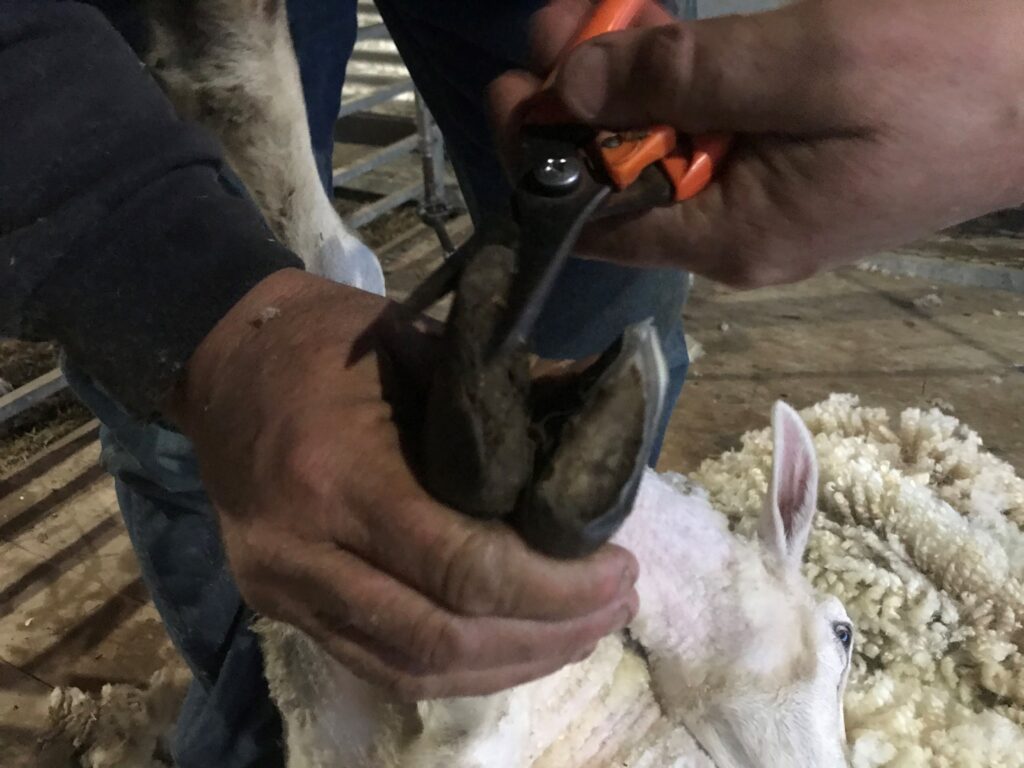
Common Hoof Problems in Australian Goats
Australia’s varied climate and terrain create unique challenges for goat hoof health. In wet regions like Tasmania or coastal New South Wales, prolonged exposure to moisture can soften hooves, making them prone to bacterial infections like foot rot. Foot rot, caused by bacteria such as Fusobacterium necrophorum, thrives in damp conditions and can spread rapidly within a herd.
In contrast, arid areas like South Australia’s pastoral zones can cause excessive hoof wear or cracking due to dry, rocky soils.
Regular trimming helps address these issues by removing damaged tissue and maintaining proper hoof shape.
Another common issue is hoof scald, often seen in goats grazing on wet pastures after heavy rains. This condition, characterized by inflammation between the toes, can escalate into lameness if untreated.
Overgrown hooves also increase the risk of laminitis, a painful inflammatory condition linked to poor diet or stress.
The Science Behind Hoof Trimming
Goat hooves grow continuously, much like human fingernails, at a rate of about 5–7 mm per month.
In natural environments, hooves wear down through constant movement on abrasive surfaces. However, in managed systems (common in Australia’s dairy and meat goat industries), limited movement or soft ground can lead to overgrowth. This imbalance causes hooves to curl, trap debris, or develop uneven pressure points, all of which compromise goat health.
Trimming restores the hoof’s natural shape, ensuring even weight distribution across the foot. The process involves removing excess horn (the hard outer layer) and leveling the sole to prevent abnormal pressure on joints.
Proper trimming also exposes potential infections, allowing farmers to treat issues like abscesses before they worsen.
Maintaining a hoof angle of approximately 45–50 degrees optimizes mobility and reduces stress on the pastern and fetlock joints. This precision is especially important for high-producing dairy goats, where joint health directly impacts milking efficiency.
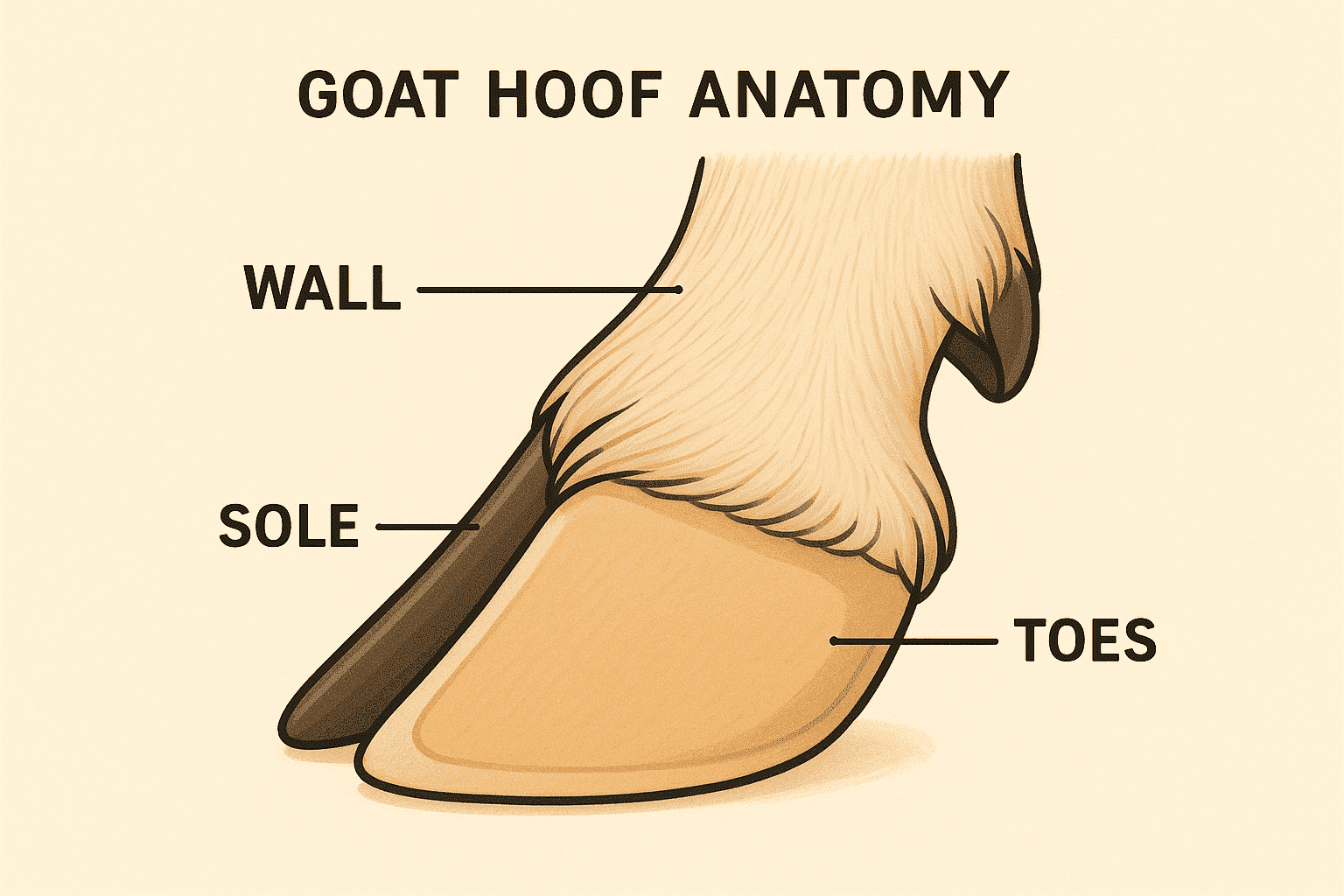
How to Trim Goat Hooves
As a farmer who has trimmed hundreds of hooves over the years, I recommend setting up a calm, well-lit workspace with a sturdy stand or restraint system to secure the goat. You’ll need sharp hoof shears, a hoof knife, gloves, and a disinfectant like iodine spray. Always clean tools between animals to prevent disease spread, as advised by the Australian Veterinary Association.
Start by inspecting the hoof for signs of overgrowth, cracks, or infection. Gently clean away dirt or debris to get a clear view. Using shears, trim the outer wall of the hoof, cutting in small increments to avoid the sensitive inner tissue. Aim for a flat sole and a hoof angle that aligns with the leg’s natural slope.
If you encounter soft or foul-smelling areas, apply a disinfectant and consult a veterinarian, as this may indicate foot rot.
The entire process should take 5–10 minutes per goat, depending on experience.
Farmers in Australia’s wetter regions, like southeast Queensland, should trim every 6–8 weeks to prevent moisture-related issues.
In drier areas, such as Western Australia’s rangelands, trimming every 8–12 weeks may suffice, depending on hoof wear.
Always monitor your herd’s walking patterns to adjust the schedule as needed.
Benefits of Regular Hoof Trimming for Australian Farmers
Healthy hooves enable goats to maintain optimal body condition, which is critical for meat breeds like Boer or Rangeland goats, where weight gain drives profitability.
In dairy operations, such as those in Victoria’s Goulburn Valley, proper hoof care ensures does can stand comfortably during milking.
Trimming also reduces the need for costly treatments. Lameness caused by untreated hoof issues can lead to veterinary bills, reduced fertility, and even culling of valuable animals.
As a farmer, when you invest time in regular trimming, you can save thousands of dollars annually while meeting Australia’s strict animal welfare standards.
Additionally, well-maintained hooves enhance a herd’s marketability, as buyers prioritize healthy, mobile goats for breeding or slaughter.
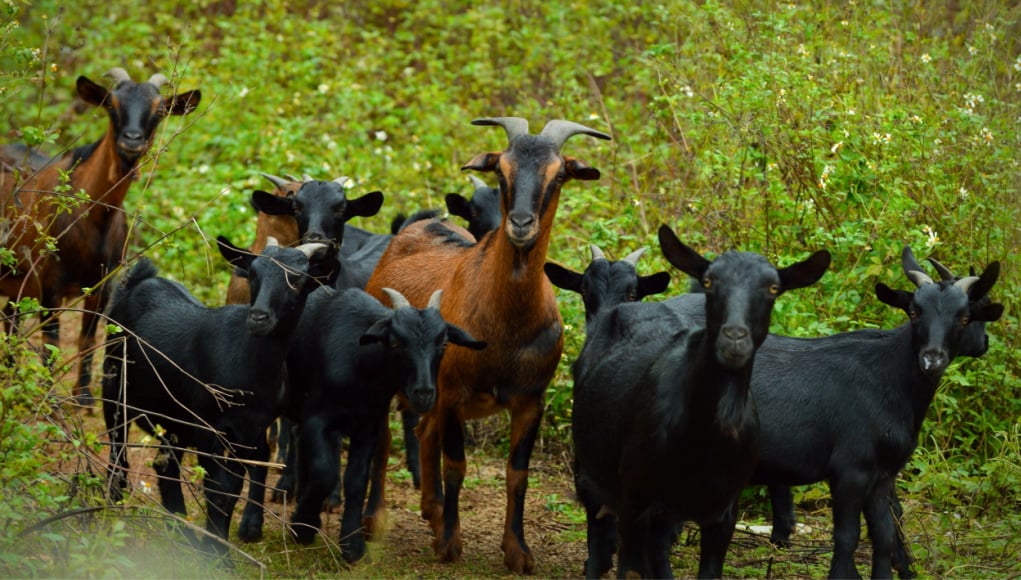
Challenges and Solutions in Hoof Trimming
Hoof trimming can be physically demanding and time-consuming, especially for larger herds. In a farm in the Riverina, I struggled to manage trimming for 50 goats without causing stress to the animals or myself.
Using a tilt table or milking stand can make the process easier, allowing one person to restrain the goat while another trims.
For larger operations, hiring a professional hoof trimmer or training staff can improve efficiency.
Another challenge is identifying early signs of hoof disease. Farmers in high-rainfall areas should check for foot rot during wet seasons, while those in arid zones must monitor for cracks caused by dry conditions.
Keeping detailed records of trimming schedules and hoof health helps track patterns and prevent recurring issues.
If infections persist, consult a veterinarian for targeted treatments like zinc sulfate footbaths.
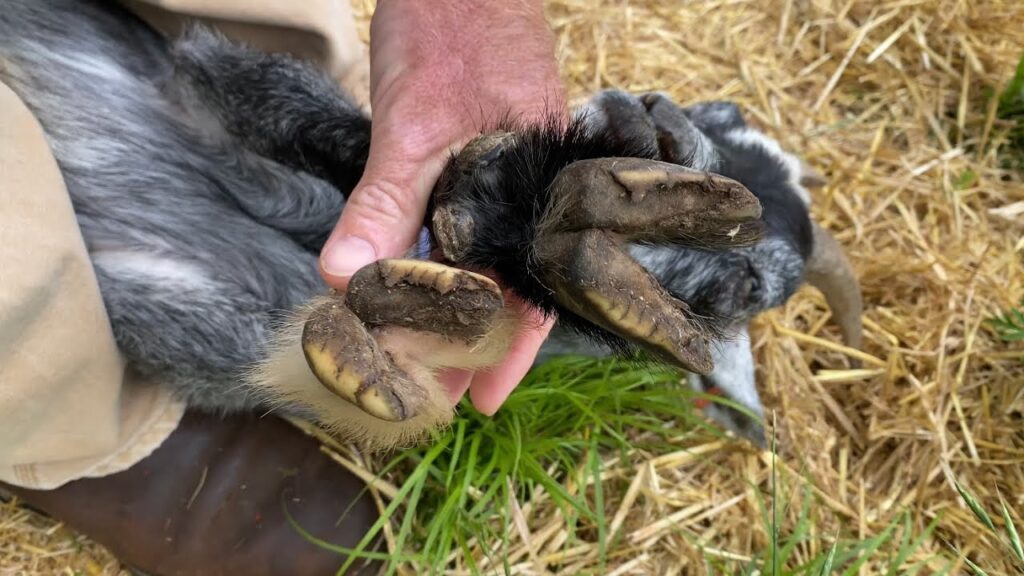
Integrating Hoof Care into Farm Management
Effective hoof care goes beyond trimming. It requires a holistic approach to farm management. Providing dry, clean bedding reduces moisture exposure in Australia’s humid regions. Feeding a balanced diet with adequate minerals, such as zinc and biotin, supports hoof strength, as noted in studies by the University of Melbourne. Regular hoof inspections during routine tasks like milking or shearing allow farmers to catch problems early.
For extensive grazing systems in Australia’s Outback, rotational grazing can minimize hoof wear on rocky soils. In contrast, intensive dairy systems benefit from concrete floors in milking parlors, which should be kept clean to avoid infections.
When farmers integrate hoof care into daily routines, they can maintain herd health without disrupting operations.
Economic and Ethical Impacts of Hoof Trimming
Investing in regular hoof trimming yields significant economic returns. For a 100-goat dairy operation, preventing lameness in just 10% of the herd can save thousands in lost milk revenue and veterinary costs. Meat goat farmers benefit from faster weight gain, as healthy hooves allow kids to forage efficiently.
Ethically, proper hoof care aligns with Australia’s animal welfare standards, enhancing a farm’s reputation and consumer trust.
Neglecting hoof care, conversely, can lead to suffering and reduced lifespans for goats. The Australian Animal Welfare Standards and Guidelines for Goats emphasize the farmer’s responsibility to prevent pain and distress. By prioritizing hoof trimming, farmers uphold these standards while improving their bottom line, creating a win-win for animals and businesses.
Wrapping Up
Regular goat hoof trimming is an integral factor of productive farming in Australia. This practice, rooted in science and practical experience, is essential for navigating Australia’s diverse terrains and climates. Committing to routine hoof care ensures your herd thrives.
FAQ: Goat Hoof Trimming Essentials
How often should I trim my goats’ hooves in Australia?
Trim every 6–8 weeks in wet regions like Tasmania or 8–12 weeks in drier areas like South Australia, adjusting based on hoof growth and terrain.
What tools do I need for hoof trimming?
Use sharp hoof shears, a hoof knife, gloves, and a disinfectant like iodine. Clean tools between animals to prevent disease spread.
Can overgrown hooves cause lameness?
Yes, overgrown hooves lead to uneven pressure, joint stress, and infections like foot rot, causing lameness and reduced productivity.
How can I prevent foot rot in my goats?
Keep bedding dry, trim hooves regularly, and use footbaths with zinc sulfate in wet conditions, as recommended by veterinarians.
Is professional hoof trimming worth the cost?
For large herds, professional trimmers save time and ensure precision, reducing lameness and improving long-term farm profitability.
Related:

